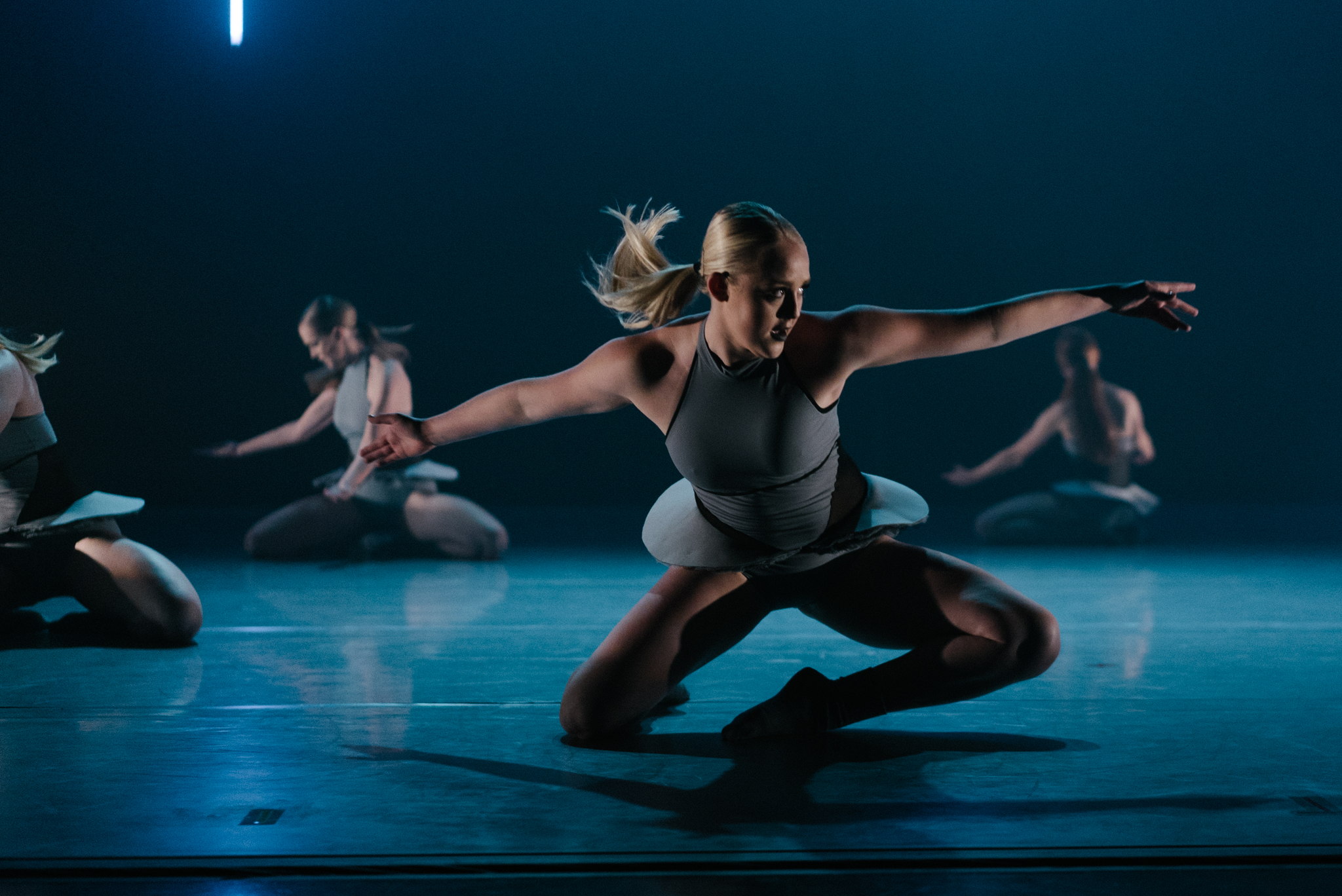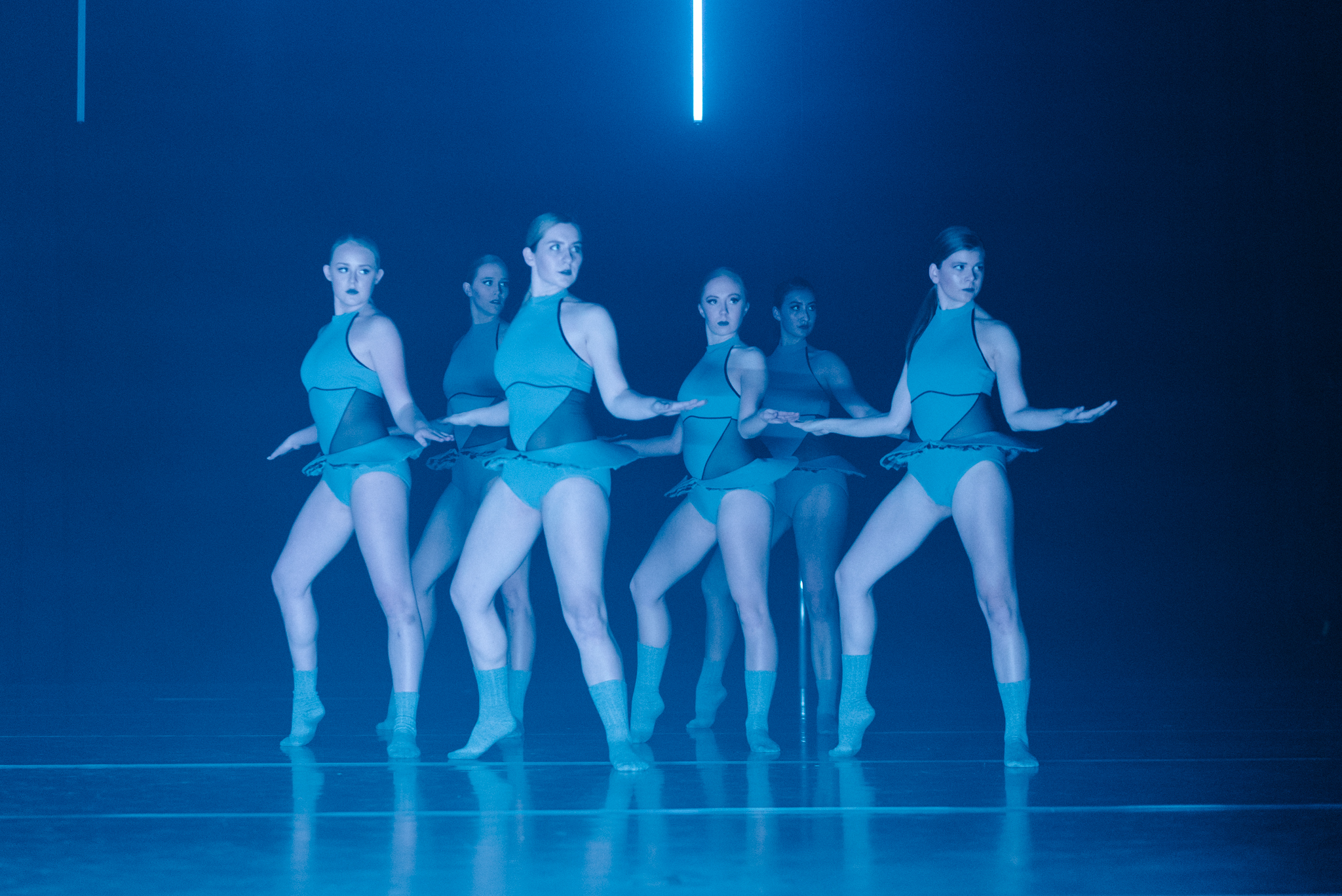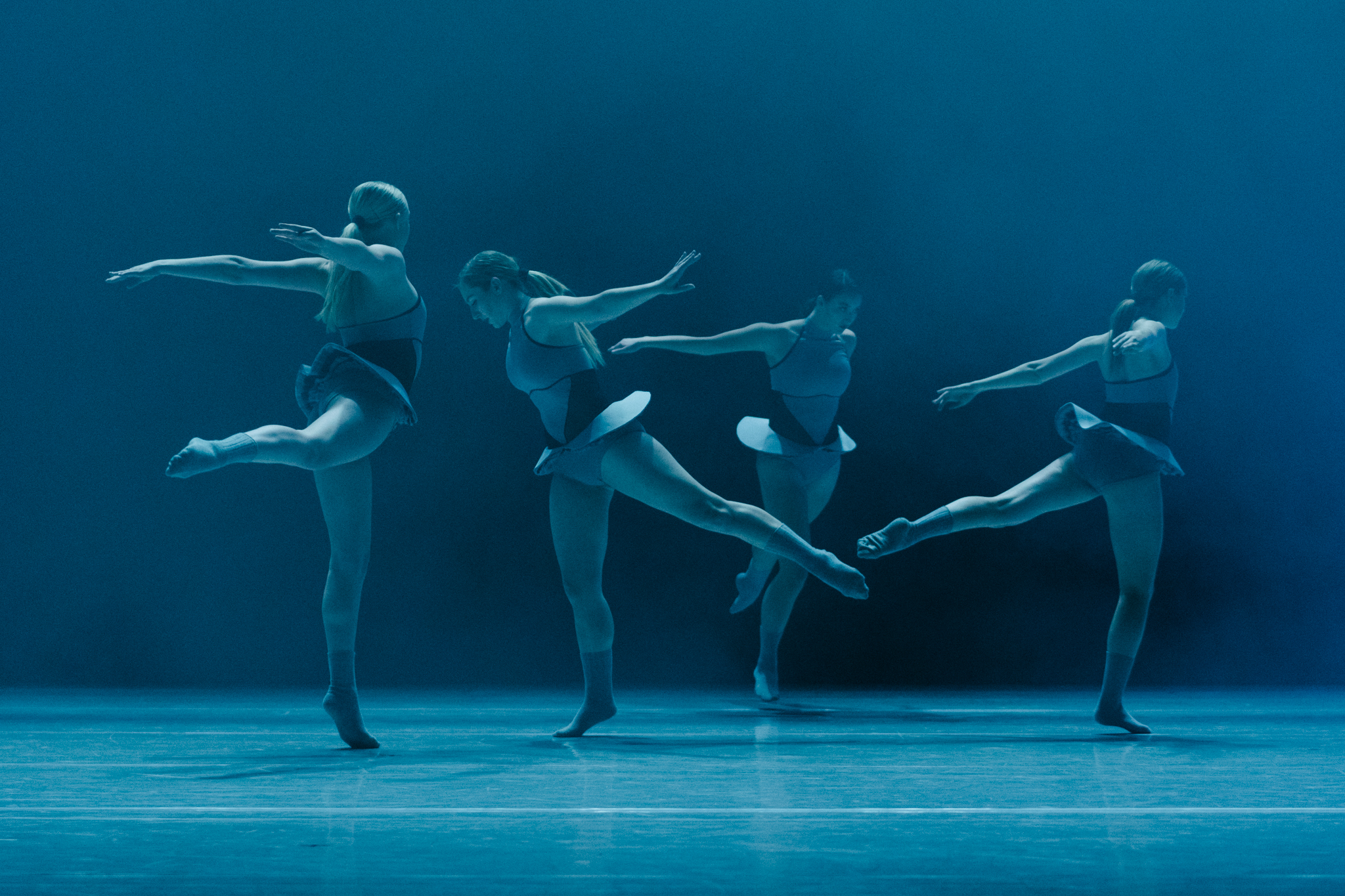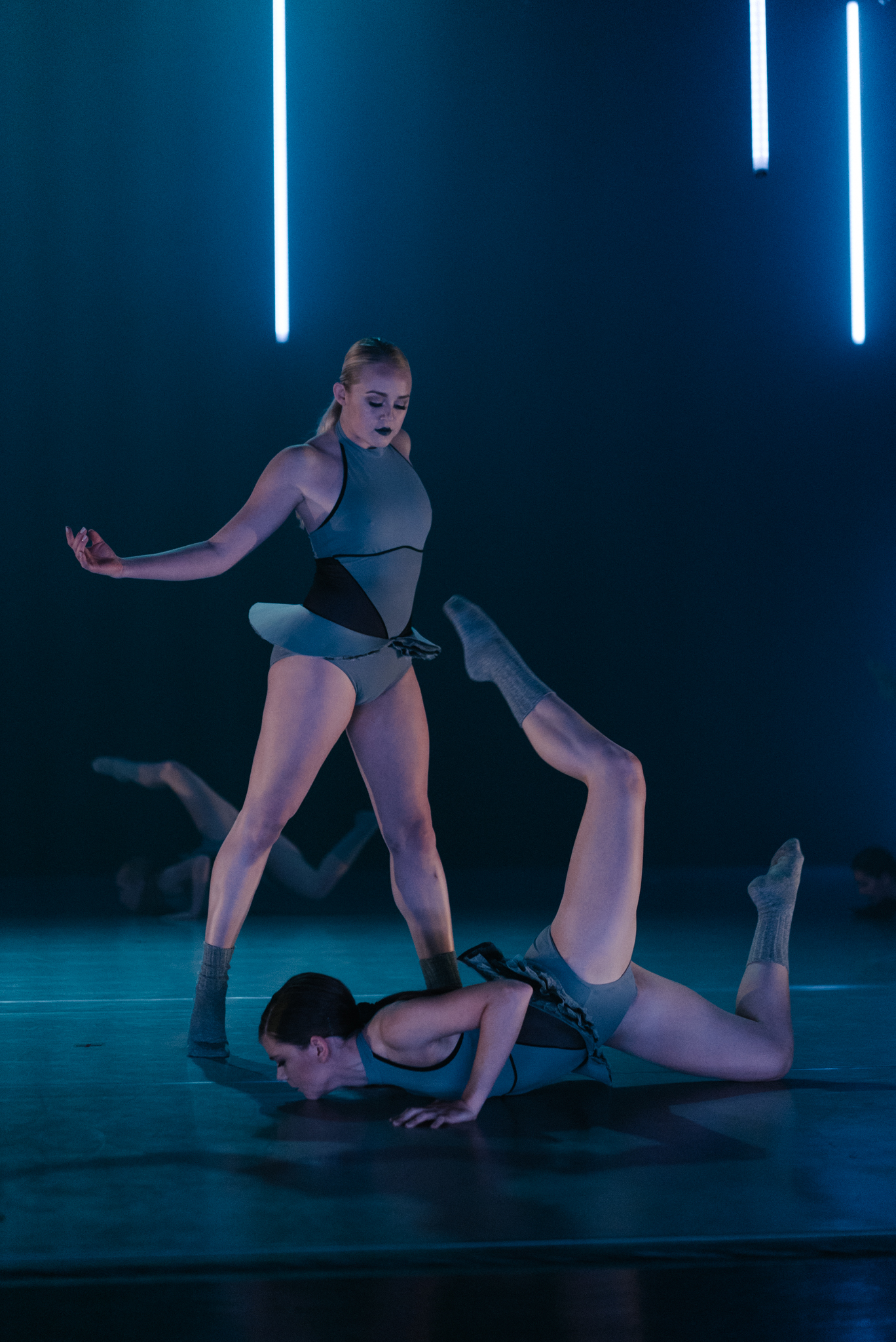
WRITTEN BY KATE MATTINGLY
PHOTOS DAT NGUYEN

Many artists have come across the adage, “Turn obstacles into opportunities.” Whether it’s tackling a difficult piano sonata or working with a new brush and palette, challenging experiences can open ways of discovering untapped potential or more creative approaches. In the world of dance, however, where an artist’s medium is their own body, grappling with physical limitations can be daunting.
As choreographer Roderick George explains, “My career led me to be extremely creative. Being very small and being of color, I knew my career would not go far in the States. That’s why I moved to Europe and was celebrated for being me, not for being ‘different.’ It crushed me when I auditioned for Juilliard and I was demonstrating exercises and everyone loved me. I thought I was definitely going to get in, but I didn’t.”
This moment of disappointment was followed by years of achievements. George danced with Cedar Lake Contemporary Ballet before joining European companies, such as Theater Basel and The Forsythe Company.

“As I kept going, I realized my body is my weapon,” says George. “I had a great career as a dancer, and because of my own experiences, I can sense when someone feels defeated. Ballet in the States is still haunted by old ideas of what dance is ‘supposed’ to look like. We have to break this habit. Especially in 2018.”
In September of 2017, George returned to the U.S. for five weeks to work with ballet dancers at the University of Utah’s School of Dance. He taught classes and created a new work for six women called “F.E.M. Queen” that was performed in November.
His own experiences as a professional shape the ways he teaches and creates today. The students in “F.E.M. Queen” say the project changed their perspectives on what’s possible.


As dancer Savanna Hunter recalls, “I learned a lot about fear while working with Roderick. If you are afraid of a step or an emotion, then you’re never going to be able to make it happen. I was terrified walking into the studio for my first rehearsal, and I was terrified of the type of dancing he wanted to see, but I learned to look at that fear as a challenge. Working with Roderick and putting myself in a situation where I could reframe fear as a challenge enabled me to try something drastically different.”
George began his creation of “F.E.M. Queen” by asking questions like: What does it mean to be a feminist? What does it mean to be a woman? What does it mean to be a dancer in a university? “Every piece I did with Bill [Forsythe] started with the dancers sitting down and talking about certain things,” he said. “Or Bill would give us books or poems to read to get engaged. The work was mentally involving, not just something you did physically on stage with your brain shut down.”
In “F.E.M. Queen,” George’s choreography merges ballet with styles seen in clubs and contemporary movement.

“I have heard it said that it takes two hours to learn one minute of choreography,” said Hunter. “Roderick had no problem ignoring that rule. I remember one rehearsal where we learned about seven minutes of choreography in roughly three hours. He spits out material faster than anyone else I have ever worked with, and he always demonstrated full-out, which was helpful. His movement quality is very fluid and detailed, so it took us a day or so in the beginning to pick up exactly what he wanted, but once we started to get it, we had a lot of fun trying all of the crazy, impossible looking things he wanted us to do.”
During the Utah Ballet shows, students performed a range of pieces. The show opened with August Bournonville’s “Konservatoriat” (choreographed in 1849) and closed with “F.E.M. Queen.”
George’s choreography was set to music created by J’Kerian Morgan, a.k.a. LOTIC.
“He’s a resident of Berlin and also a Houstonian like me,” says George. “I discovered him as an opening act to Björk. He was a producer as well for her latest album.”
The lighting design for “F.E.M. Queen” by Cole Adams created a riveting landscape of shadows and columns of illumination. In many ways the arc of the evening’s choreography –– from Bournonville to George –– mirrored the evolution of ballet, from refined and delicate to scintillating and evocative.
In “F.E.M. Queen,” the women’s sense of assurance and camaraderie was palpable, and during the shows, audiences were cheering and clapping throughout George’s piece. Unfortunately, he could not be there to witness its impact: he’s so in demand as a choreographer, he had to fly back to Europe where his own company performed another creation one week later.
A career that may have been curtailed by a rejection from Juilliard ended up being a wealth of opportunities for a brilliant and distinct artist.
Photo Gallery











